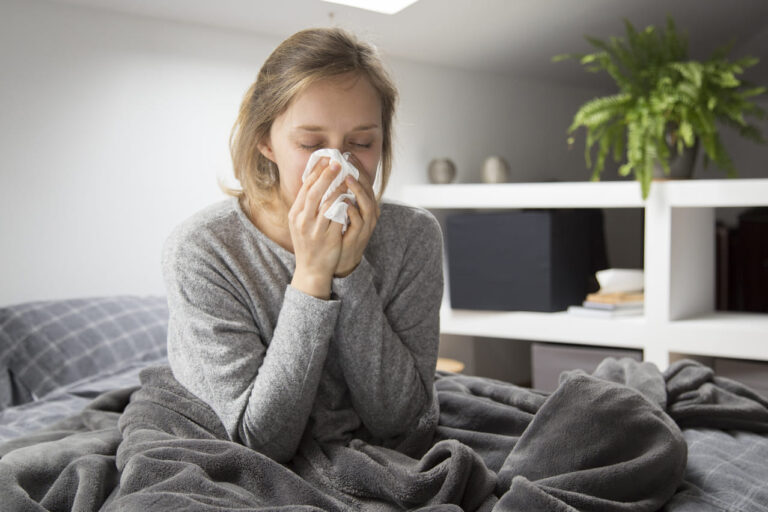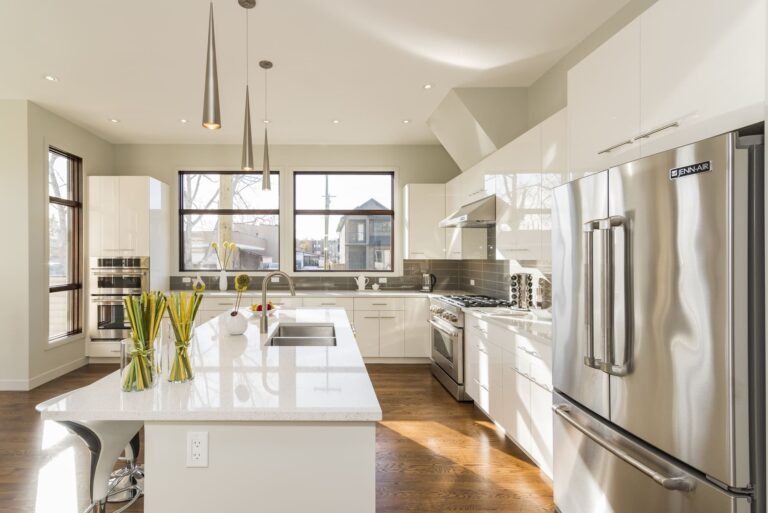For individuals sensitive to allergens, maintaining a clean and healthy indoor environment is crucial for overall well-being. Allergens such as dust mites, pet dander, pollen, and mold spores can trigger allergic reactions and exacerbate respiratory issues, making it essential to take proactive measures to mitigate allergies and improve indoor air quality. Here are some effective strategies to achieve this:
- Regular Cleaning Regimen: Implement a comprehensive cleaning regimen to remove allergens and pollutants from indoor surfaces. Vacuum carpets and upholstery frequently using a vacuum cleaner equipped with a HEPA filter to trap fine particles. Dust surfaces with a damp cloth to prevent allergens from becoming airborne.
- Minimize Clutter: Reduce clutter in your living spaces as it can trap dust and make cleaning more challenging. Keep belongings organized and stored in designated areas to minimize dust accumulation. Decluttering also helps improve air circulation, reducing the likelihood of allergens settling in hidden corners.
- Invest in Air Purifiers: Consider installing high-efficiency particulate air (HEPA) purifiers to filter out airborne allergens and pollutants. HEPA filters are highly effective at capturing microscopic particles, including allergens, pollen, and pet dander, thus improving indoor air quality and reducing allergy symptoms.
- Control Humidity Levels: Maintain optimal humidity levels in your home to prevent the growth of mold and mildew, which can exacerbate allergies. Use dehumidifiers in damp areas such as basements and bathrooms to keep humidity levels between 30% and 50%. Additionally, fix any leaks or moisture issues promptly to prevent mold growth.
- Limit Exposure to Outdoor Allergens: Minimize exposure to outdoor allergens by keeping windows and doors closed during high pollen seasons. Use air conditioning with HEPA filters to circulate and filter indoor air effectively. Remove shoes before entering the house to prevent tracking outdoor allergens indoors.
- Wash Bedding Regularly: Wash bedding, including sheets, pillowcases, and blankets, in hot water at least once a week to remove dust mites and allergens. Encase mattresses and pillows in allergen-proof covers to prevent dust mites from accumulating.
- Pet Care: If you have pets, groom them regularly to reduce shedding and dander. Wash pet bedding frequently and designate certain areas of the house as pet-free zones to minimize allergen exposure.
- Ventilation: Ensure adequate ventilation in your home to promote air circulation and reduce indoor air pollutants. Open windows and doors whenever possible to allow fresh air to enter, especially when performing activities that generate indoor pollutants, such as cooking or cleaning with harsh chemicals.
By implementing these strategies, you can effectively mitigate allergies and improve indoor air quality, creating a healthier and more comfortable living environment for you and your family. Prioritizing regular cleaning, controlling humidity levels, investing in air purification systems, and minimizing exposure to allergens are key steps towards achieving cleaner indoor air and reducing allergy symptoms.










